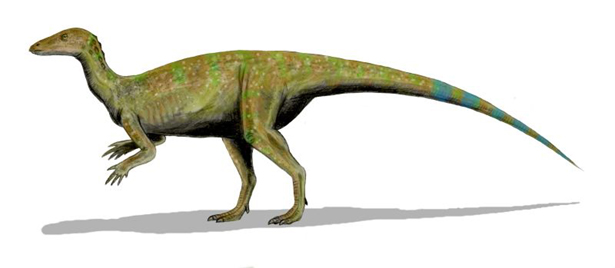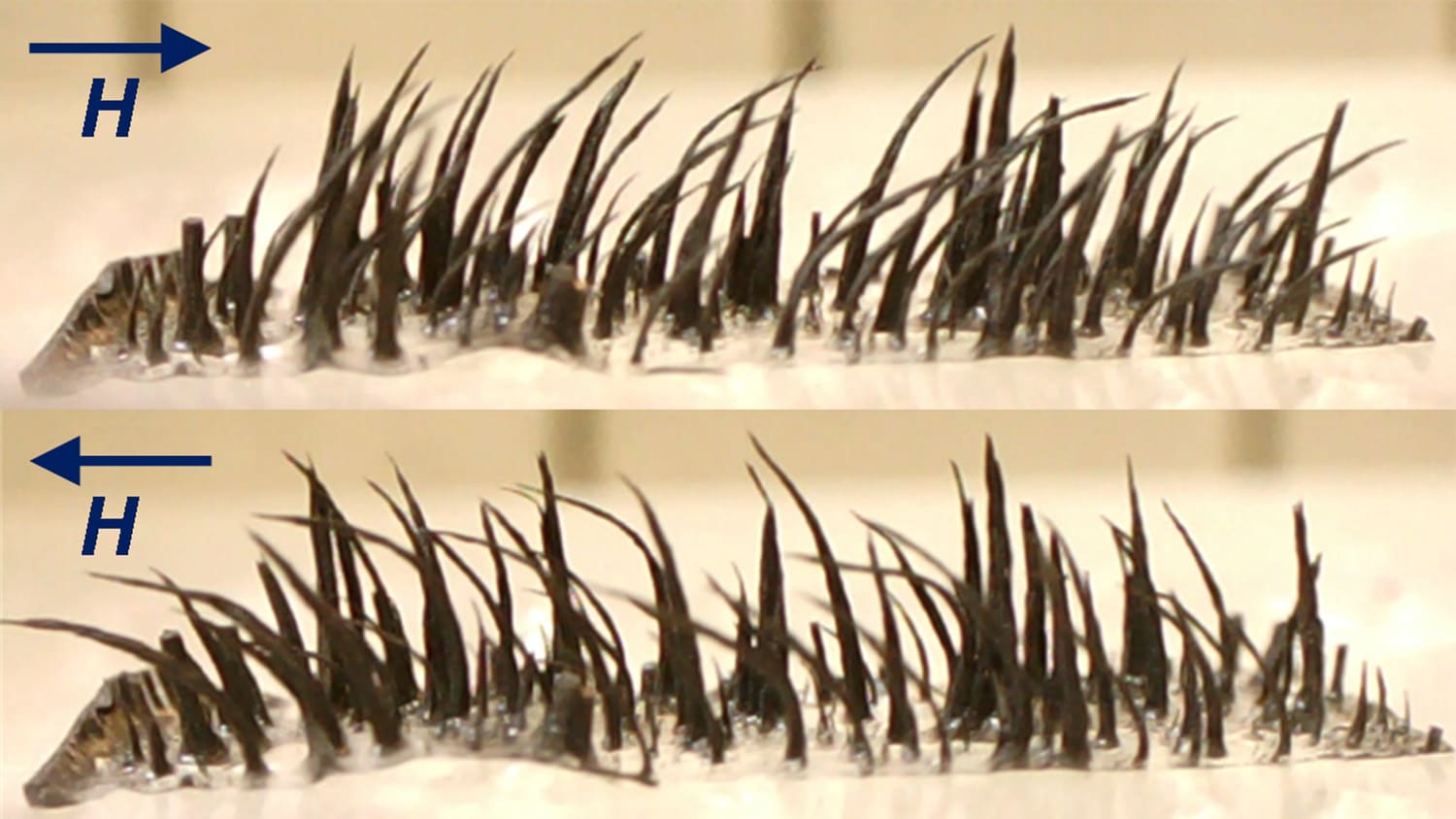Armor Up?

If you were a kid fascinated with dinosaurs, then you’re probably familiar with the iconic – if not exactly scientifically accurate – artist renderings of armored-up dinos like Stegosaurus or Ankylosaurus duking it out with angry T. rexes in epic displays of prehistoric cage fighting.
Many species of dinosaur did have specialized bone that served as protective exterior armor. But what about internal armor, like overlapping plates of bone that cover the ribcages of some ornithiscian (or “bird-hipped”) dinosaurs like Thescelosaurus or Hypsilophodon?
Turns out that the bony plates inside these dinosaurs weren’t, as many researchers previously thought, there for protection. How do we know this? The answer lies inside the makeup and formation of the bone.
Paleontology grad students Timothy Cleland of NC State and Clint Boyd, formerly at NC State but now at The University of Texas, took a look at how, exactly, these bony plates formed to try and figure out why they were there. What they found is that the bone for these plates did not develop in the way dinosaurs normally develop bone; specifically, this bone differs from the bone in dinosaur “armor.” Simply put, these plates ossified in the same way that the ends of mammalian long bones – like the ones in our arms and legs – form. Additionally, the plates themselves were only one to two millimeters thick, which wouldn’t have provided the dinosaur much in the way of additional protection.
So if the local Thescelosaurus wasn’t armoring up to take on T. rex in the squared circle, why are the plates there?
“Good question,” says Cleland. “Our best hypothesis so far is that maybe they were used to stiffen the ribcage or aid in respiration. That’s what our future work will focus on.”
- Categories:


